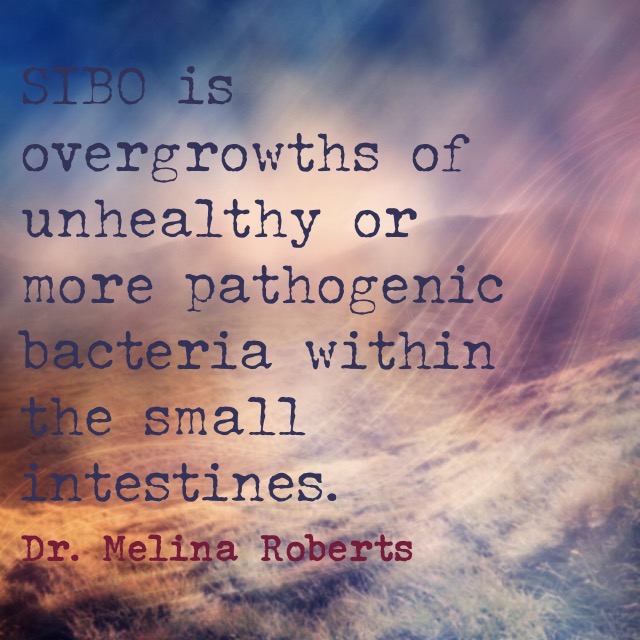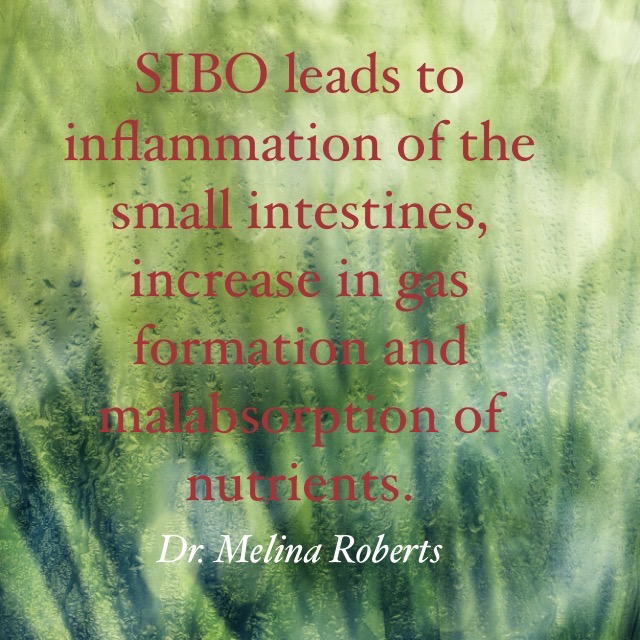What is SIBO and how to recognize some of the symptoms of SIBO?
SIBO is Small intestinal bacterial overgrowth.
The first part of the small intestines is the duodenum, where we absorb our minerals. The second part of the small intestines is the jejunum, where we absorb our water-soluble nutrients, our carbohydrates, our proteins. The third and last part of the small intestines is the ileum, where we absorb our fats, fat-soluble vitamins, reabsorb our bile salts. The small intestines plays a huge role in terms of absorption of nutrients.
Throughout our digestive tract we have an ecosystem of microbes that live within our digestive tract and they need to be in a nice, symbiotic balance in order for us to be healthy and have good, proper digestive. We can end up with overgrowths of unhealthy or more pathogenic bacteria within the small intestines. Some of these microbes can feed off of the nutrients that we take in through our diet, which allows them to further overgrow and leads us to be deficient in certain nutrients, because we can unable to properly absorb these nutrients. Imbalances of that gut flora can lead to fermentation of carbohydrates and putrefaction of proteins.
Overall this is leading to inflammation of the small intestines, increase in gas formation, and malabsorption of nutrients. This can lead to changes in bowel movements ranging from diarrhea to constipation, increase in gas, increase in mucus in stools, flatulence, and nausea. In addition to experiencing this digestive symptoms, people may also experience fatigue, anxiety or depression, brain fog, joint pain, skin issues such as rashes, eczema or acne.



